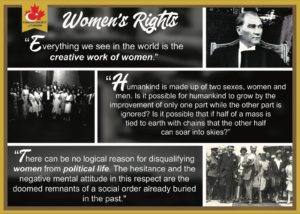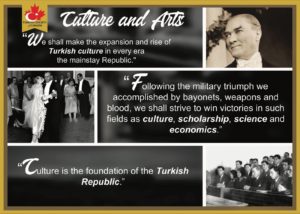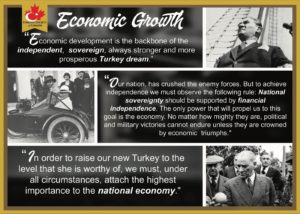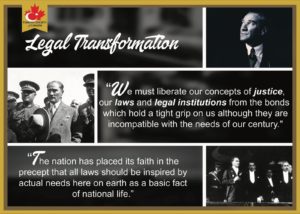Atatürk Reforms
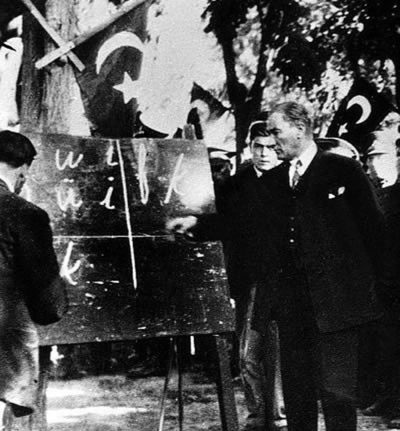
Atatürk and the Modernization of Turkey
Atatürk was a military genius, a charismatic leader, also a comprehensive reformer in his life. It was important at the time for the Republic of Turkey to be modernized in order to progress towards the level of contemporary civilizations and to be an active member of the culturally developed communities.
Atatürk undertook a series of reforms between 1924-1938.which he considered of vital importance for the salvation and survival of Turkish people and to raise Turkey to a level of modern civilized country.
These reforms can be grouped under five basic titles:
- Political Reforms
- The Sultanate was abolished (1st November 1922)
- The Republic was declared (29 October 1923)
- Abolishment of the caliph (3 March 1924)
- Social Reforms
- Recognition of equal rights of men and women (1926 – 1934). The legal position of women and their place in society in the new republic was greatly improved (for example the active and passive voting right at national and local elections).
- Reform of Headgear and Dress (25 November 1925)
- Closure of mausoleums and dervish lodges, closing of sacred tombs as places of worship. (30 November 1925)
- The surname law(21 June 1934)
- Adoption of the solar calendar and changing Friday (the Moslem holy day) into a weekday and Sunday becoming the official day of rest of the week (1925)
- International numeric system was introduced. ( 1928)
- Adoption of international hours and measurements (1925 – 1931)
- The nicknames and personal titles were abolished (26 November 1934)
- Legal Reforms
- Abolishment of the religious courts (1924 – 1937)
- Implementation of secular law structure nationwide by adoption of Turkish Civil Code and Swiss civil laws (1924 – 1937). Penal Statute Book and the Trade Law Book were also introduced.
- The liberation of the women of Turkey by giving them political and social rights.
- a) Rights brought with “Medeni Kanun” (Civilized Law) (1926)
- b) Rights for women to be elected for the parliament.
- Reforms in the fields of education and culture
- Unification of education. Abolition of Medreses, renovations of school programs according to contemporary and national needs, opening of new universities. (3 March 1924)
- Adoption of new Turkish alphabet and purification of Turkish language from foreign words (1 November 1928)
- Establishment of Turkish Language and History Institutions (1931 – 1932)
- Regulation of the university education (31 May 1933)
- Innovations in fine arts
- Economic Reforms
- Abolition of tithe
- Encouragement of the farmers
- Establishment of model farms
- Establishment of industrial facilities, and putting into effect a law for Incentives for the Industry
- Putting into effect Ist and IInd Development Plans (1933-1937), to develop transportation networks




